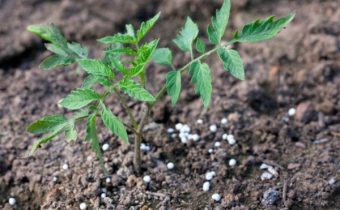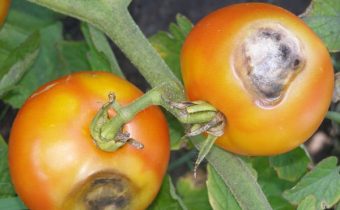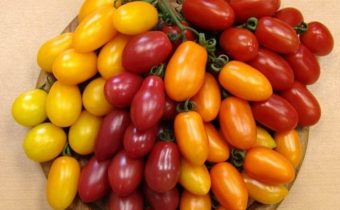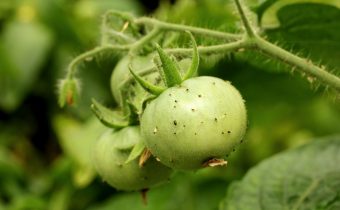What to spud, and what to loosen?
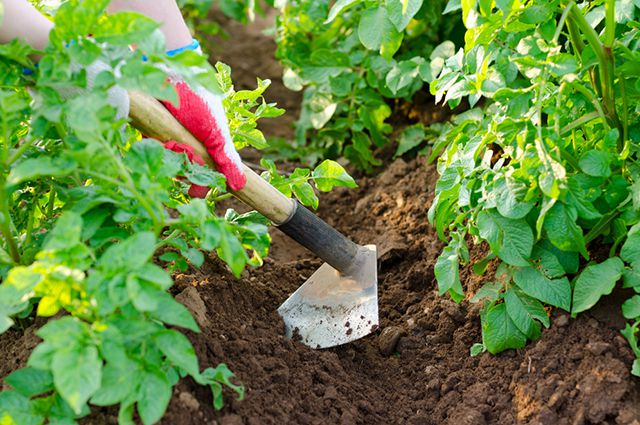
Hilling garden plants promotes the growth of additional roots, preserve moisture and prevents overheating of the root system. That the procedure gave a positive result, it must be carried out correctly.
The concept and conduct correct hilling

Properly hilling allows you to increase yields, reduces the number of weeds in the garden beds and prevents the development of many diseases.
Can not spud vegetables in dry and heated under scorching rays of the soil, because it can cause overheating of the rhizome and lead to the death of the plant.
But you should not pile too wet on the roots, because the root system may rot at the moment of compaction.
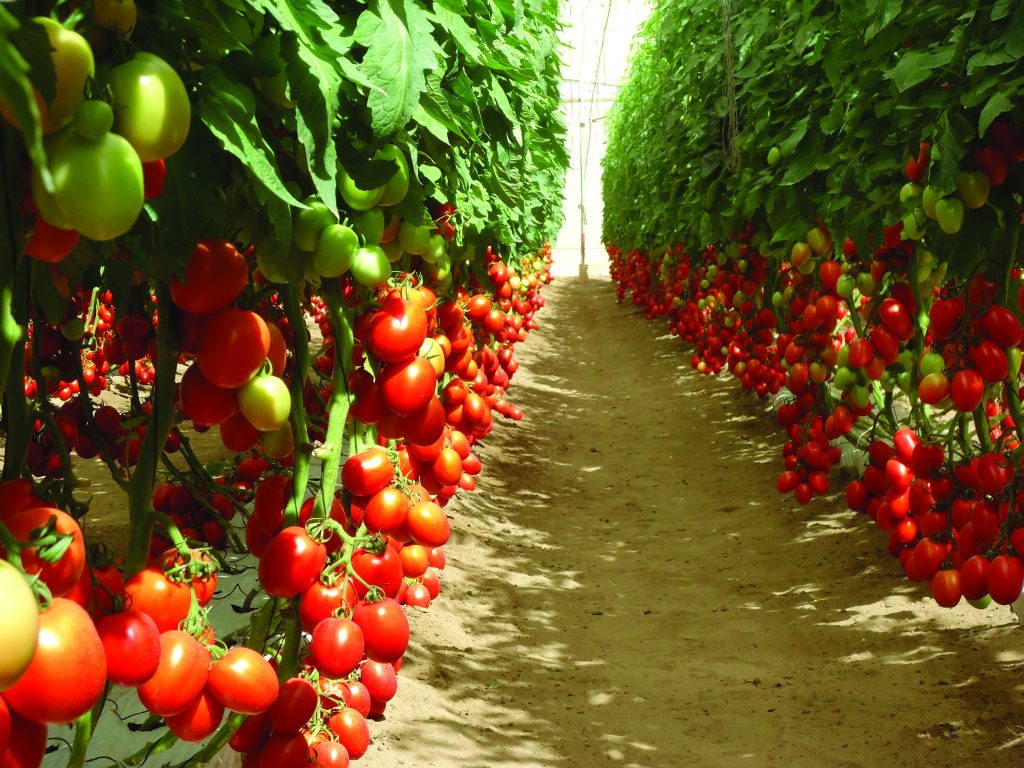
It is best to perform the procedure in the morning after watering, when the ground in the root zone is wet and crumbly. Grounding helps prevent lodging of tall varieties of vegetables and leaching of nutrients from the basal area.
What vegetables need hilling for normal growth
A single or multiple procedure requires those cultures that are able to form additional roots. It is also useful to spud roots, for which the direct rays of the sun are destructive. Ground cover for the roots should be carried out for such crops:
- cabbage - is capable of forming additional roots that provide nourishment and promote fixation on the bed. It is enough to rake the ground to the roots of early cabbage 1 time in the phase of 8-10 true leaves. And for the middle and late - 3 times during the growing season with an interval of 15 days. For Brussels and color - every 15 days before the harvest;

- Potato - hilly vegetable increases the yield several times. The procedure must be carried out repeatedly - the first time - after the appearance of the inputs, the second time - after 2 weeks, 3 times - in a month. At each procedure it is necessary to scoop 5-10 cm of soil on the bushes;

- leek - to get a snow-white and juicy part of the onion, its stems also need to be covered with earth, forming a high mound. The first procedure is carried out after rooting seedlings, the second time you need in 2 months, when the plant has grown. It is necessary to form hillocks three times with an interval of 14-15 days;

- carrots - need to be sprinkled once with the ground, when formed young root vegetables are raised above the ground level, as the direct scorching sun rays negatively affect the color and taste - the carrot turns green and bitter;

- the Pumpkin family forms additional roots well, but all manipulations in the root zone need to be done carefully, because they are located on the soil surface;

- Tomatoes spud three times per season. With each procedure, you need to form a hill with a height of 10 cm. This will allow several layers of roots to form and more useful substances to be obtained. The first procedure is carried out 20 days after transplanting, the next - in a month.
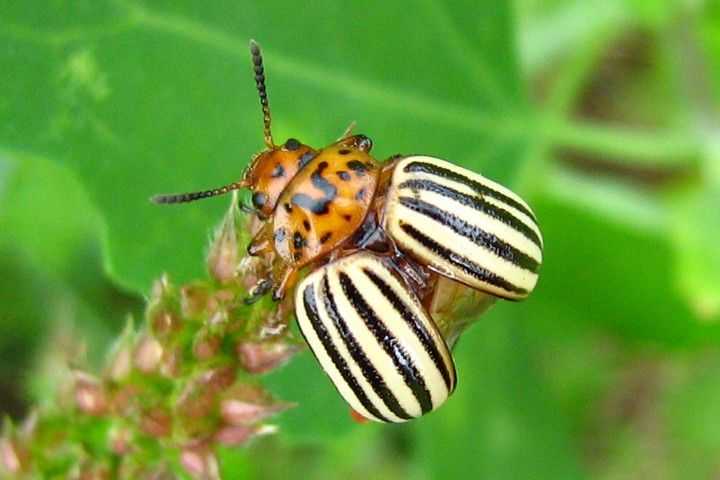
What you can not spud on the beds, but only loosen
For some plants, the formation of mounds in the root zone is detrimental, so the soil can only be loosened to give air access, and mulched. These cultures include:
- garden greens. When wet earth comes into contact with the delicate structure of leaves and stems, their growth slows down, fungal diseases develop, which leads to death;

- Onions also prefer to loosen the soil, because the sun contributes to the rapid growth of the heads.

For the growth of cruciferous crops - turnips, radishes and radishes, earthing does not play any role, so do not waste your time.


